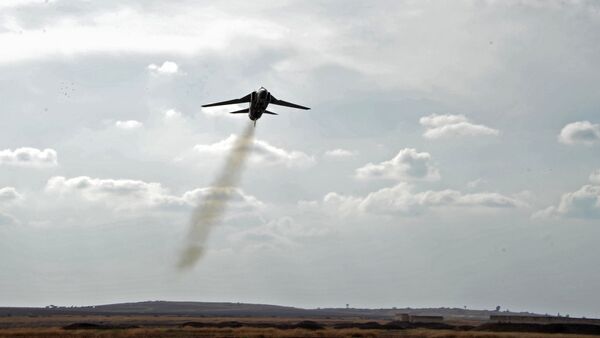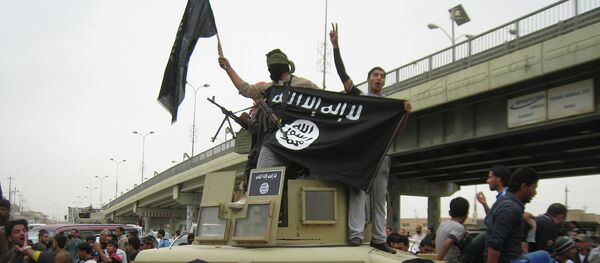"Much of this was instigated from the outside, namely by the Gulf States," the diplomat said, stressing that back in 2009 "Syria was a peaceful country without any hidden tensions."
According to the diplomat, the Syrian economy was doing well at that time and the average growth rate was more than 5 percent. The unemployment rate reached 8 percent, but unemployed Syrians could find work in the Gulf States. All in all life in Syria was very peaceful, Haram explained.
"Public order had never been a problem. My female colleagues told me that they could wear jewelry and go home alone by two o'clock in the morning and feel safe. In some districts, restaurants were open until five o'clock in the morning. You never had the feeling that there would be trouble in the streets," the diplomat said.
"Even the diplomatic community agreed that he had the support of about 80 percent of the Syrian population," Haran said.
The situation in the country deteriorated in 2011 following the "Arab spring" when it came to protests in various parts of the country. The chaos emerged in a number of the country's provinces such as Latakia, Homs and Hama.
"Aleppo remained calm and this was what really bothered the opposition. The opposition could not force people in Aleppo to revolt against the regime, so they sent [their own] people to Aleppo. These people then burned something on the streets and went back. But journalists reported about that saying that these were Aleppo people who took part in revolts," Haran said.
According to Haran, the media has often exaggerated its negative representations of Syria with journalists reporting about things that never happened.




